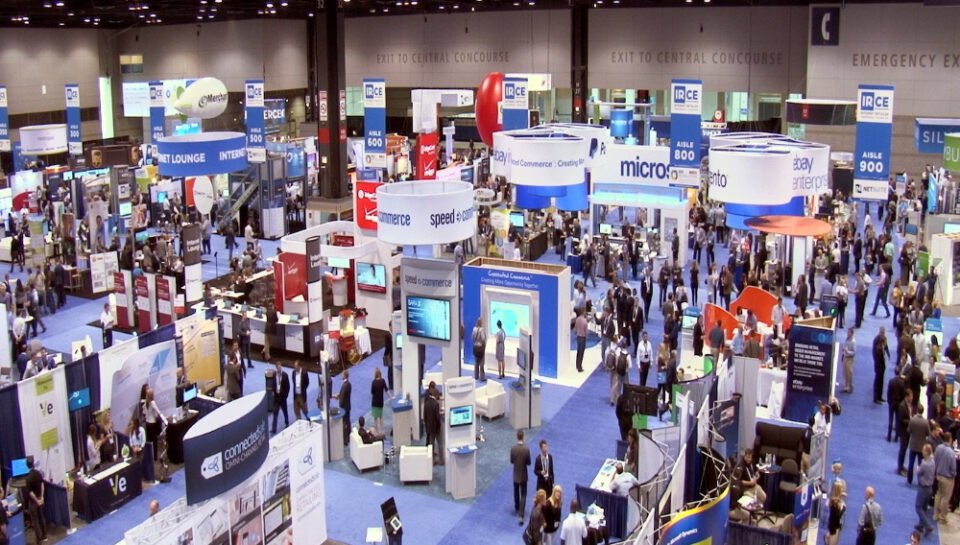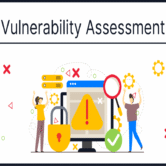
Detail the process of designing banners for trade shows.
INTRODUCTION
Trade shows are high-stakes environments where visual communication plays a pivotal role in capturing attention, establishing brand presence, and engaging prospects. Banners are among the most important marketing tools at trade shows, serving as eye-catching backdrops, informational displays, and brand statements. A well-designed banner not only draws visitors to your booth but also communicates professionalism, relevance, and value. This article outlines the step-by-step process of designing effective banners for trade shows.
1. DEFINE OBJECTIVES AND MESSAGES
Start by identifying the purpose of your banner. Are you aiming to increase brand awareness, promote a product, or drive traffic to a demonstration or giveaway? Your key message should align with your event goals and clearly communicate your value proposition to attendees.
2. UNDERSTAND YOUR AUDIENCE AND CONTEXT
Consider who will be attending the trade show—industry professionals, general consumers, investors, or media. Tailor the design’s tone, language, and visuals to resonate with your target audience. Also consider the context: Will your banner be viewed from a distance, up close, or both?
3. SELECT THE RIGHT BANNER TYPE AND SIZE
Trade shows offer various banner options, including:
- Retractable (roll-up) banners – portable and ideal for side placements
- Hanging banners – visible from afar, often suspended above booths
- Backdrops or step-and-repeat banners – used as booth walls or for photo ops
- Pop-up displays – large, curved or straight fabric banners for main branding
Choose a size and format that fits your booth space and complements your overall exhibit design.
4. GATHER BRAND ELEMENTS AND CONTENT
Collect essential design assets such as:
- High-resolution logo files
- Brand color codes and fonts
- Taglines or marketing copy
- Images or product visuals
- Contact info (website, social media, QR code, etc.)
All elements should align with your brand guidelines and maintain consistency with other booth materials.
5. ESTABLISH A CLEAR VISUAL HIERARCHY
Structure the layout so that the most important information is seen first—typically the company name or product. Use size, placement, and contrast to prioritize elements. Avoid overcrowding; leave enough white space to enhance readability and visual appeal.
6. CHOOSE LEGIBLE TYPOGRAPHY
Use bold, sans-serif fonts that are easily readable from a distance. Keep font styles to a minimum (2–3 maximum) and maintain a high contrast between text and background. Font size should be large enough to ensure visibility from across the exhibition hall.
7. UTILIZE ENGAGING VISUALS
Include relevant, high-resolution images, graphics, or illustrations that support your message. Product images, people in action, or symbolic icons can make the banner more dynamic. Visuals should be sharp, professional, and properly scaled for print.
8. INCORPORATE A CALL TO ACTION (CTA)
Encourage booth visitors to take the next step—whether it’s “Visit Booth #123,” “Scan the QR Code,” or “See a Live Demo.” A prominent CTA guides viewer behavior and makes your banner functional, not just decorative.
9. FINALIZE TECHNICAL SPECS AND FILE SETUP
Ensure your design is prepared using the correct print specifications:
- CMYK color mode
- 150–300 DPI resolution
- Bleed and safe zone guides
- Print-ready format (PDF, AI, EPS)
Work closely with your print vendor to confirm banner stand requirements, bleed margins, and finishing options (e.g., grommets, hemming, pole pockets).
10. TEST, REVIEW, AND PRINT
Review your design at full scale or with a scaled-down mockup. Check for clarity, alignment, spelling errors, and image quality. Once approved, send it to a trusted printer with experience in large-format trade show graphics.
CONCLUSION
Designing an effective banner for a trade show requires strategic thinking, creative execution, and technical precision. From choosing the right format to crafting a clear, compelling message, each step contributes to your brand’s visibility and success at the event. When done right, your banner becomes more than just a display—it becomes a powerful tool for engagement and conversion.
HASHTAGS
#TradeShowBanner #EventMarketing #BannerDesignTips #TradeShowDesign #ExhibitGraphics #VisualCommunication #MarketingDisplay #BrandVisibility #CreativeBoothDesign #PrintReadyDesign #EventSignage #BannerLayout #ExhibitionDesign #DesignWithPurpose #LargeFormatPrinting #MarketingDesign #EffectiveSignage #GraphicDesignTips #BoothBranding #TradeShowSuccess #DesignToAttract #TradeShowDisplay #PromotionalDesign #PrintDesignWorkflow #EventBranding





